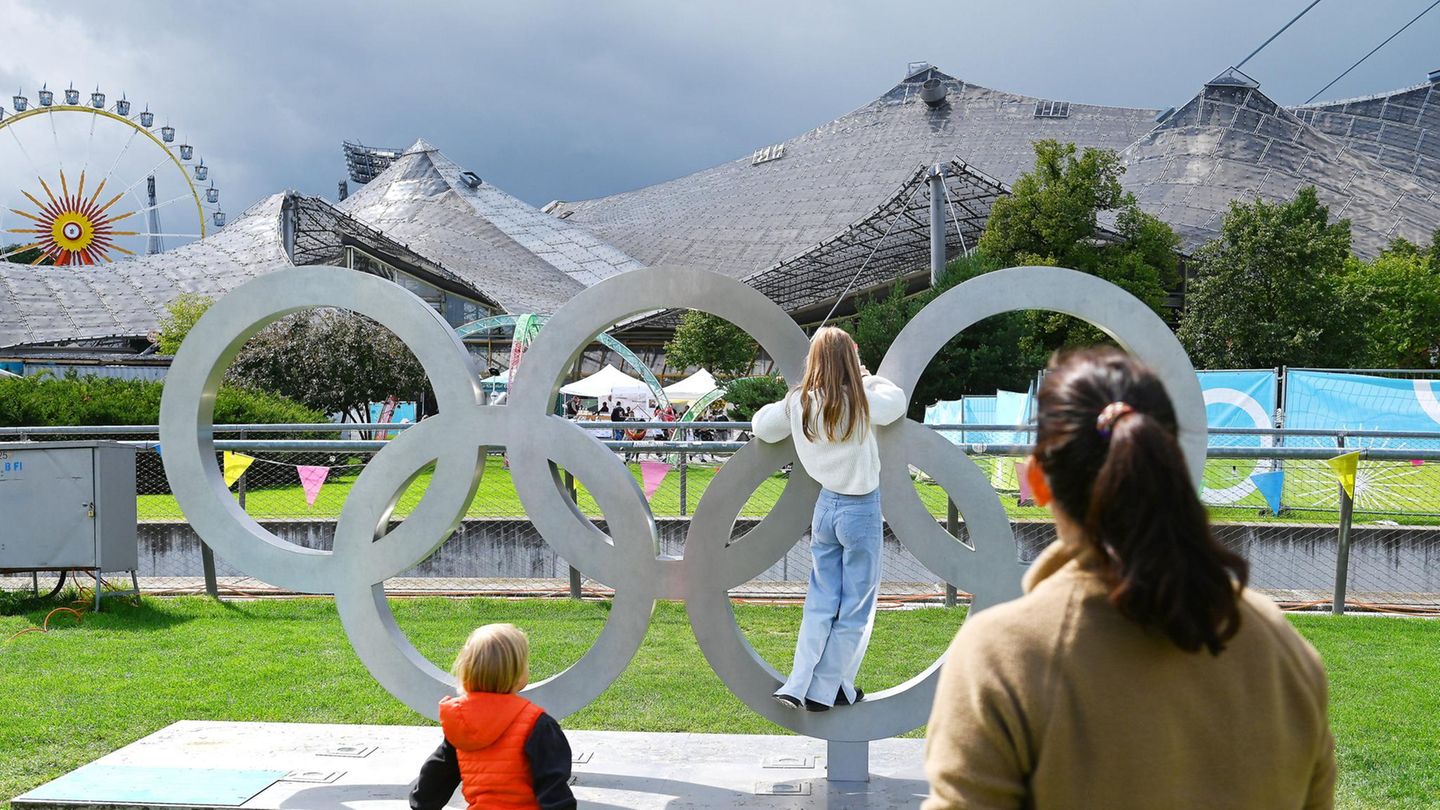With the war in Ukraine, energy prices have skyrocketed – tenants are feeling this in their additional costs. After the gas crisis in 2022, the authors of a new study at least see heating costs falling.
The additional costs for tenants with new contracts remain at a high level after the energy price increase in 2022. The discounts for cold additional costs have continued to rise in the current year, while heating costs only fell slightly compared to the previous year, the German Economic Institute (IW) stated in a statement analysis. The advertisements for new rental contracts were examined. The discounts for additional warm costs are almost half higher than before the Ukraine war, it was said. Meanwhile, the energy service provider Ista expects heating costs to rise significantly for many tenant households in the current heating season.
According to IW, an average of 1.67 euros per square meter of living space was set in new rental agreements in September 2023 for additional costs – heating and hot water. That was four percent less than a year before (1.74 euros). There are also cold additional costs that cover the owners’ costs such as building cleaning as well as municipal costs such as property taxes and garbage and sewage fees. They were 1.78 euros per square meter, three percent more than in 2022 (1.72 euros). In total, the discounts fell minimally to 3.45 euros per square meter.
Until the winter of 2021/2022, before the start of the war in Ukraine, the advance payments for warm additional costs were at a stable level of an average of 1.17 euros per square meter of living space, the study said. “The current values from the third quarter of 2023 show that the additional heating costs are still around 43 percent higher than the values before winter 2021/2022.”
Falling energy prices only reach tenants with a delay
“Last year we saw a sharp increase in additional heating costs, and not much has changed since then,” said IW real estate expert Michael Voigtländer. Although energy has already become significantly cheaper in stock exchange trading, this is only slowly reflected in tenants’ long-term supply contracts.
For the study, the IW examined hot and cold additional costs for rental apartments in 400 cities and districts in this country for the fourth time on behalf of Deutsche Invest Immobilien AG. Between January 2018 and September 2023, almost 1.93 million advertisements were analyzed.
Additional costs are often a point of contention between tenants and landlords and are levied retroactively. In existing contracts, the increase in energy prices after the Ukraine war only has a delayed effect.
The additional living costs continue to make up a high percentage of the total rent, according to the IW. While the national average share was a record 27 percent last year, it will still be 25 percent at the end of 2023, according to the IW. The decline is explained by the strong increase in net rents by five percent.
The warm additional costs significantly influence the affordability of rental apartments, especially in regions with low rents, the authors wrote. Voigtländer expects additional costs to continue to rise. With the state energy price caps expiring at the end of the year, households are threatened with an increase at the beginning of 2024, especially if tenants are unable to conclude a new energy supply contract themselves. It is advisable for tenants to “actively approach their landlords and examine options for reducing additional heating costs”. In addition, CO2 pricing for oil and gas as well as higher personnel costs for municipalities are likely to drive up additional costs.
Consumers are heating more generously again – “false security”
In its forecast of rising heating costs, the energy service provider ISTA referred to increased consumption and significantly higher costs for oil and gas. However, he assumes lower costs for district heating. From September to November, private households’ consumption of heating energy increased by twelve percent, adjusted for weather conditions, compared to the same period last year, the company reported in Berlin.
People are heating more generously again, explained Ista boss Hagen Lessing on Wednesday. The wholesale prices for heating oil and natural gas have fallen again since their respective peaks in 2022. “Consumers are apparently lulled by the supposed security of lower energy prices.” However, the price level this winter is significantly higher than last year. For the current heating period, an increase in the costs of natural gas by around 61 percent and for heating oil by around 34 percent can be expected.
Significant differences between rural areas and large cities
According to IW, there are large regional differences in Germany when it comes to additional costs. In rural areas, additional costs are on average significantly lower at around 1.50 euros than in large cities, which is also due to the type of real estate, according to the study. Multi-family homes often require more complex maintenance, such as maintaining elevators or maintaining green spaces. In addition to the city states, the additional costs are particularly high in North Rhine-Westphalia and Hesse due to high property tax rates.
Energy-related renovation is the best protection against high additional costs, but progress is slow, the authors also found. “Socially acceptable energy renovation deserves absolute priority in the public discourse and on the legislator’s agenda,” said Frank Wojtalewicz, CEO of Deutsche Invest Immobilien AG. “The numbers speak for themselves.”
IW Press
Source: Stern




